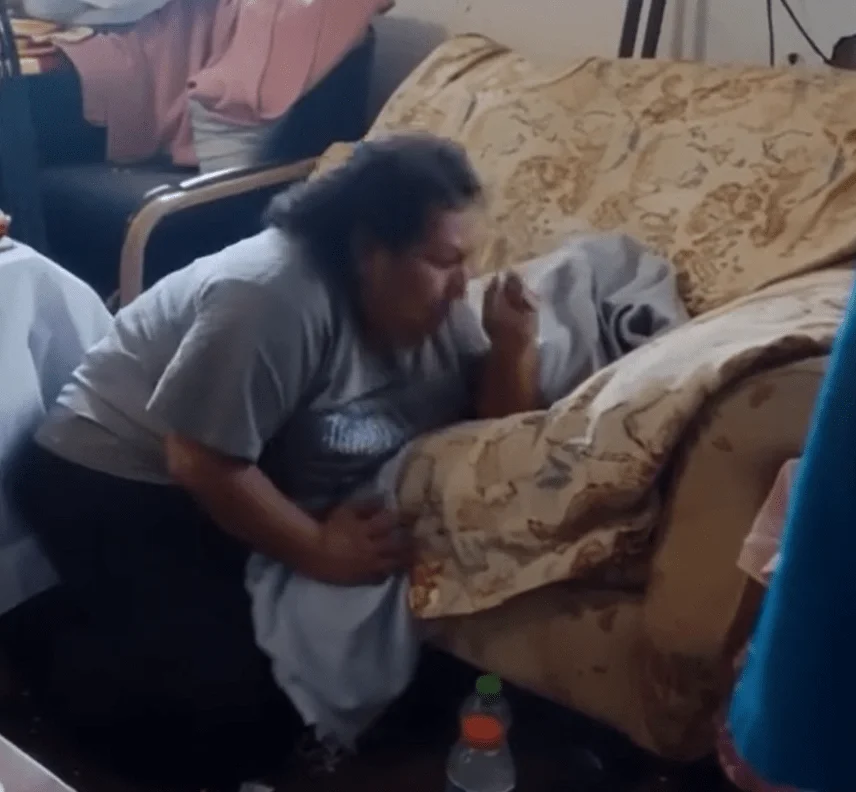The tragic case of Linda Kosuda-Bigazzi took a heartbreaking turn when she ended her own life just hours before she was to be sentenced for killing her husband, Dr. Pierluigi Bigazzi. On July 24, Connecticut State Police found the 76-year-old woman unresponsive in her Burlington home after receiving a welfare check request from someone who couldn’t reach her. It was a devastating end to a story already steeped in sadness and complexity.

The Role of Ethylene Glycol in Her Death
The Connecticut Office of the Chief Medical Examiner later confirmed that Kosuda-Bigazzi had died from a toxic reaction to ethylene glycol, a compound found in many industrial and consumer products such as antifreeze, hydraulic brake fluids, and certain cosmetics. This substance, often associated with poisoning, suggests a desperate and premeditated act on her part, reflecting the severe emotional turmoil she was likely experiencing.
The Legal Battle Leading Up to Her Death
Kosuda-Bigazzi’s death came only four months after she pleaded guilty to first-degree manslaughter and first-degree theft. These charges were brought against her following the discovery of her husband’s body in their basement on February 5, 2018. Dr. Bigazzi, an employee at the University of Connecticut, had been missing for several months before his remains were found, prompting an investigation that eventually led to his wife’s arrest. The revelation that his paychecks continued to be deposited into their joint account after his death raised serious concerns about her intentions and actions during that period.

A Sorrowful Reflection on a Disturbing Case
This case is particularly disturbing because it involves not just the death of one person, but the unraveling of an entire life marked by hidden turmoil. Linda Kosuda-Bigazzi’s decision to take her own life on the day of her sentencing underscores the depth of despair she must have felt. It also highlights the tragic consequences that can arise when unresolved emotional and psychological issues are left unchecked, especially in the face of legal and personal crises. This story, with its layers of sadness, serves as a sobering reminder of the fragility of the human spirit under the weight of overwhelming circumstances.



